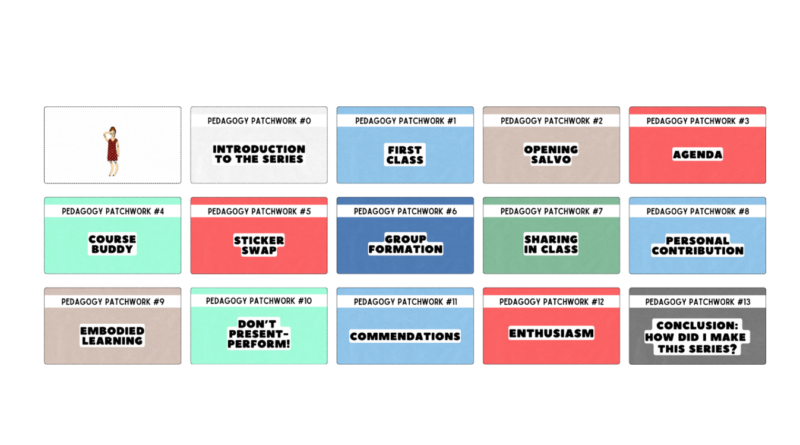IR Meets AI: Looking Back, Looking Forward — A Conversation with Stephen Robertson, Pioneer of Information Retrieval
In this episode of InfoFire, I speak with Dr. Stephen Robertson, a pioneering figure in the field of Information Retrieval (IR), who offers a reflective account of its conceptual and methodological evolution.
Read More













